Hiralal

Subscribe to read full article
This section is for paid subscribers only. Our subscription is only $37/- for one full year.
You get unlimited access to all paid section and features on the website with this subscription.
Not ready for a full subscription?
You can access this article for $2 , and have it saved to your account for one year.
- Born: 14 March, 1912 (Lahore (Now in Pakistan))
- Died: 27 June 1982 (Bombay)
- Primary Cinema: Hindi
- Parents: Parvati Devi, Sunderdas Thakur
- Spouse: Darpan Rani
- Children: Kamal , Krishan , Inder Lal Thakur , Prem, Ajay
One of the most prolific early villains in Indian cinema, Hiralal’s long career saw him work in silent films as well as talkies, and continue to work through the transition to colour film. Born on 14 March 1912, in Lahore, present-day Pakistan as Hiralal Thakur to Parvati Devi, Sunderdas Thakur, the actor was enthused about acting since an early age. Filmmakers, it was said, considered Hiralal to be auspicious for their films. He featured in nearly 250 films throughout his career.
Hiralal acted in a film for the first time with the director Shankradev Arya’s Daughters of Today (1928). Due to financial constraints, the film took three years to complete. Daughters of Today was the first film made in Lahore, the cornerstone for the eventual flourishing of the film industry in the city, more popularly known as Lollywood. Shankradev Arya was assisted in his direction by A.R. Kardar, who later went on to become a well-known director himself. Kardar enjoyed working with Hiralal so much that he cast him as the lead in his film Safdar Jung (1930) a few years later. From 1928 to 1948, Hiralal appeared in nearly 20 films. Most of these belonged to the stunt, mythological or fantasy genres, immensely popular at the time. He tried out various genres in his career even in his later careers. Arabian Nights (1946), Mehbooba (1954), Shah Behram (1955), Riyasat (1955), Sindbad, Alibaba and Alladin (1965), Sheba and Hercules (1967), and Alibaba (1976) are some of his varsetile work to name a few. Though Hiralal played only a minor role in some of these movies, he always held the audience spellbound with his stellar performances. His films like Krishna Leela (1946), Seeta (1934) and Meri Bahen (1944) were huge hits at the time, but unfortunately, no prints of these survive.
He shifted his base through the various film industries in pre-Partition India. In Calcutta, he was employed in New Theatres and befriended Hemchandra Chunder. The collaborated in Wapas (1943), Meri Bahen(1944), Oonch Neech (1948), and Teen Bhai (1955).
In 1945, Hiralal married Darpan Rani in Lahore. Following partition, they moved from Calcutta to Bombay in 1949. Fluent in his mother tongue, Punjabi, as well as in Urdu, Hindi and English, Hiralal had almost no trouble fitting into a film industry in a new city. He got his first break when Bhagwan Das Varma cast him in Badal (1951) opposite Madhubala. He went on to star in a number of iconic films over the years, including Aurat (1953), Yahoodi Ki Ladki (1957), Gumnaam (1965), Amar Prem (1971), Hum Sab Chor Hain (1973) and Kaalia (1981). He also played a role in K.Asif’s ill-fated Love and God (1986), which was released years after his death.
He also acted in Punjabi films like Mera Punjab (1940), Mutiyar (1950), Sapni (1963), Sawa Lakh Se EkLadaun (1976), and Dhyanu Bhagat (1978 ). Towards the end of his acting career, he appeared in minor roles as seen in films like Katilon Ke Katil (1981).
Leaving behind his immense contribution to Indian cinema, the handsome villain Hiralal succumbed to a heart attack in Bombay on 27 June 1982. Of his five sons and one daughter, Kamal and Krishan went on to become actors and directors themselves. His youngest, Inder Lal Thakur, was a successful model and actor, and featured alongside Sachin Pilgaonkar in the acclaimed film Nadiya Ke Paar (1982). Tragically, Inder Lal Thakur along with his family perished in a tragic airplane accident in 1985.
-
Filmography (45)
SortRole
-

International Crook 1974
-
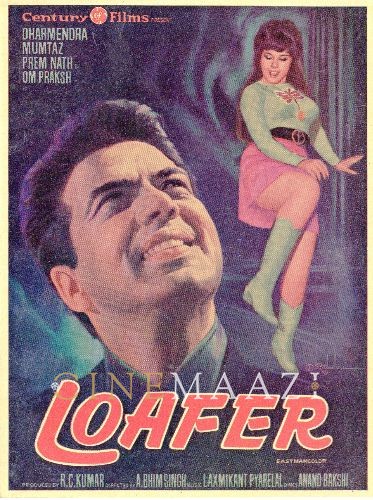
Loafer 1973
-

Barkha Bahar 1973
-
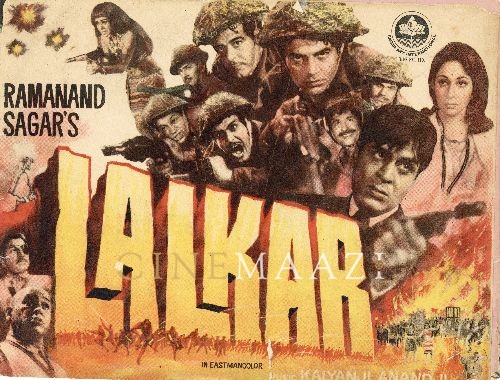
Lalkar 1972
-
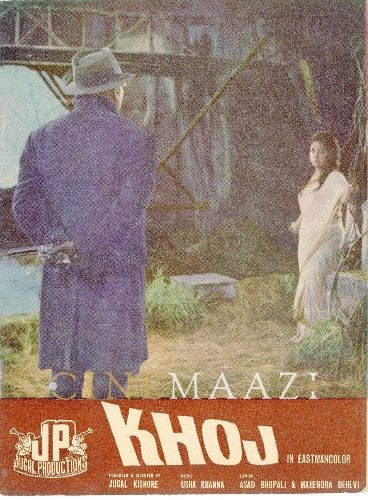
Khoj 1971
-

Behroopia 1971
-

Balidan 1971
-

Geet 1970
-
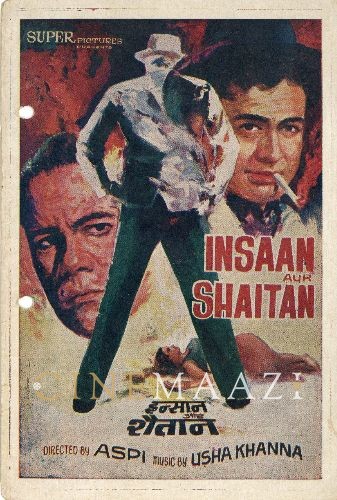
Insaan Aur Shaitan 1970
-

Kismat 1968
-



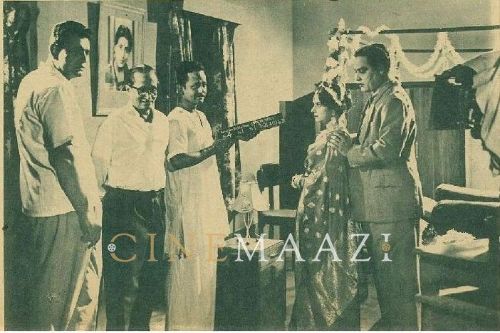
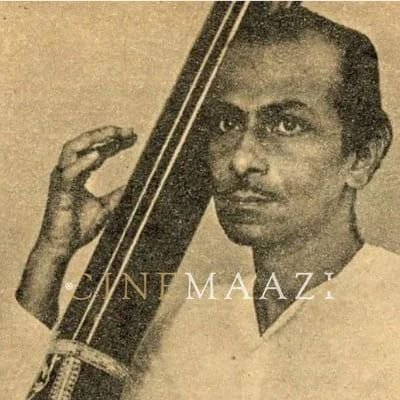
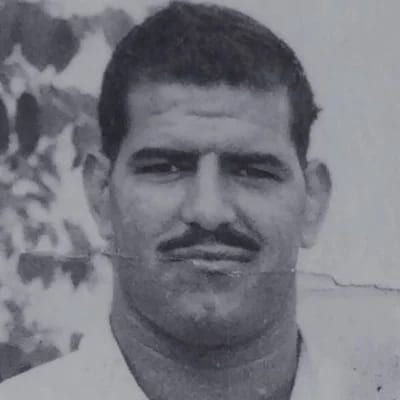
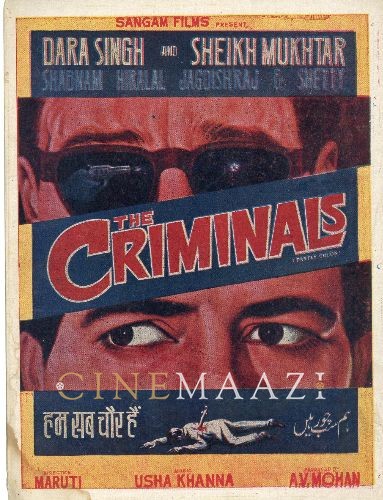
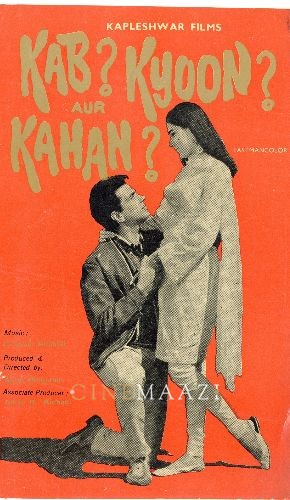

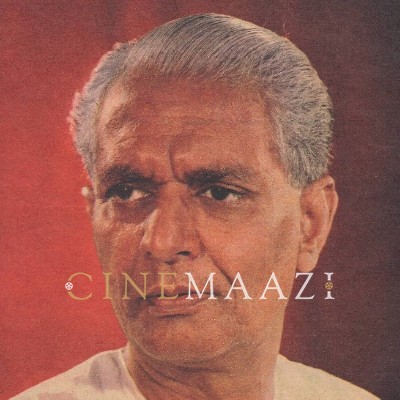

.jpg)




